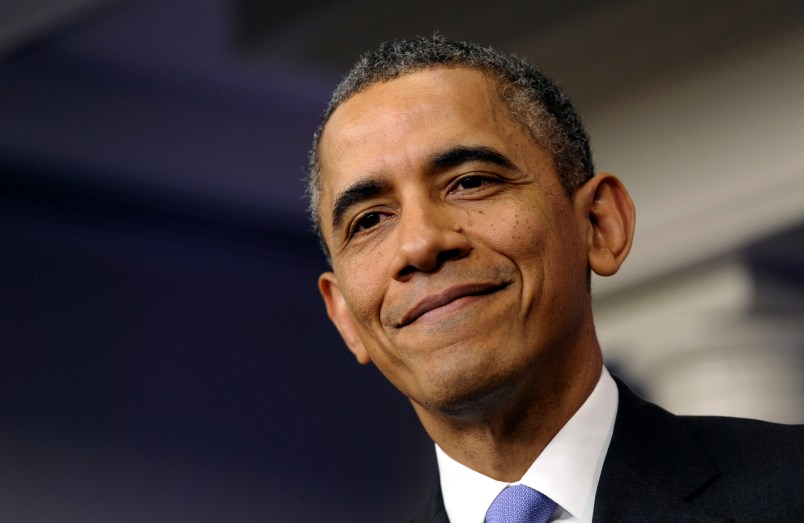Obamacare has thus far done a decidedly mediocre job in getting young people signed up for health coverage — though it’s likely doing well enough that the law’s finances should continue to work.
For the first time Monday, the Obama administration released demographic data about the 2.2 million who have enrolled in private coverage through HealthCare.gov and its state counterparts. The top finding: 24 percent of them are between ages 18 and 34.
Each individual state and each individual insurer has its own risk pool, but the national number provides a general sense of how the law is doing demographically. Some states had previously released some demographic information about enrollments, but the federal government had not released any numbers until today.
It’s a crucial question: In order for the law to ban discrimination against people with preexisting conditions, it needs young (and presumably healthy) people to sign up for coverage to offset the costs of that sicker population to insurers. Without it, the insurance industry has warned that premiums could leap next year.
Prior to HealthCare.gov’s Oct. 1 launch, the Obama administration said it was aiming for close to 40 percent of enrollees to be between 18 and 34. So the law certainly isn’t hitting its mark yet. But outside experts said there’s reason to be optimistic that the ratio will improve during the last three months of open enrollment — and even if it doesn’t strike a perfect balance, the law should be fine.
First of all, most expected the early enrollees to be older and sicker because they need health insurance more urgently. But a number of factors — including increased awareness and a desire to avoid the individual mandate penalty — could encourage more young people to sign up in the next three months.
“It is critical to remember that we are still early in the open enrollment period,” Caroline Pearson, vice president at Avalere Health, an independent consulting firm, told TPM. “We have always assumed that older and sicker individuals would be the first to enroll, and younger, healthier people would enroll closer to March. So, we shouldn’t panic about low young adult turn-out at this point because it is to be expected.”
As TPM previously reported, the administration always expected young people to come in later. A senior administration official outlined the Massachusetts experience during that state’s implementation of a similar health insurance overhaul. In the first three months of enrollment, young people composed 17, 17 and 24 percent of sign-ups, respectively. But in the last three months, that jumped to 34, 36 and 34 percent respectively.
The White House is hoping for a similar spike. But even if the law doesn’t hit its target perfectly, Obamacare has protections in place to keep it afloat financially. A reinsurance program protects carriers against a bad risk pool. The Kaiser Family Foundation also released a report last month that concluded if 25 percent of the enrollment pool were young people, the resulting premium increase might be only 1 to 2 percent, not enough to fatally undermine the law’s actuarial base.
“I see no signs at this point of a feared premium ‘death spiral.’ The insurance market will be stable with an enrollment mix like this,” Larry Levitt, senior vice president at the Kaiser Family Foundation, told TPM after seeing the new numbers. “But heightened outreach to young people, and even more importantly healthy people, will help to keep premiums down.”






